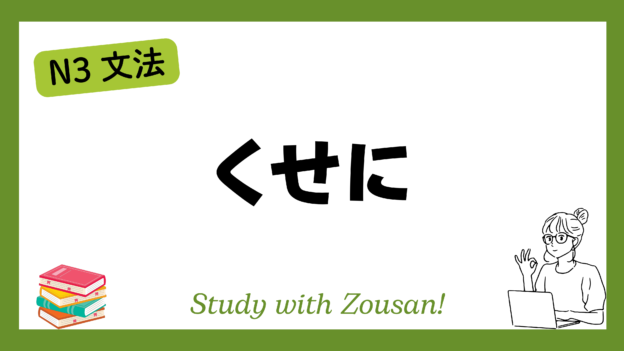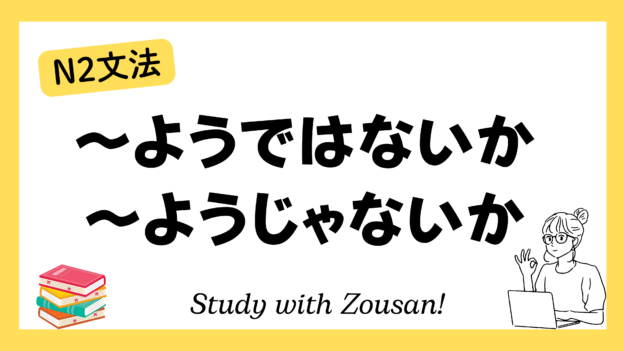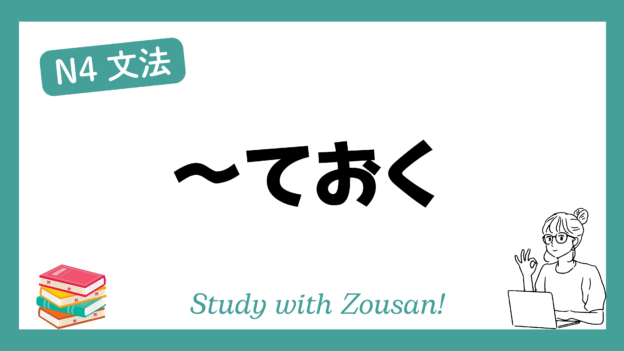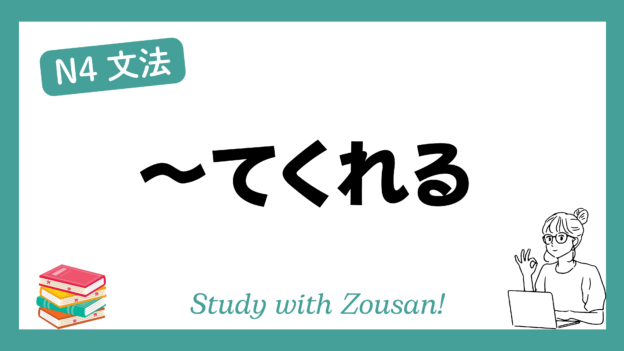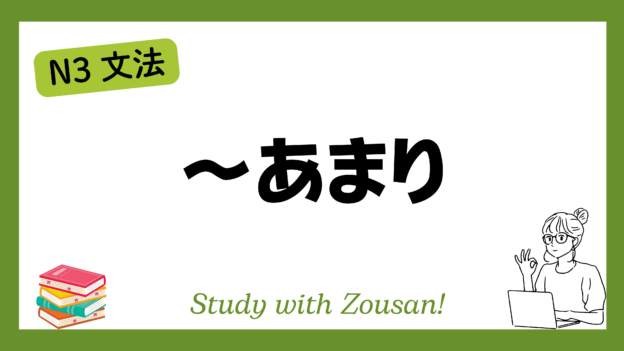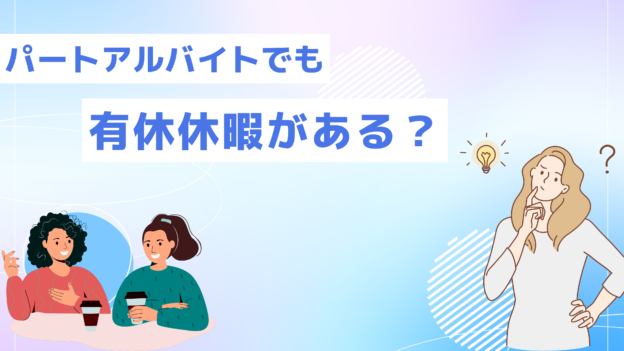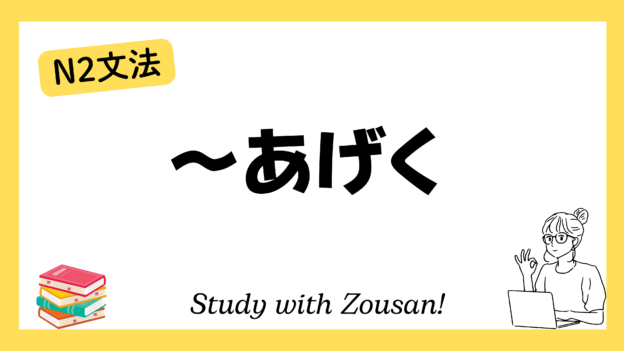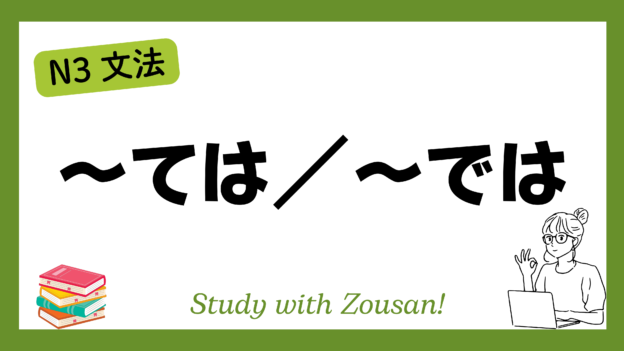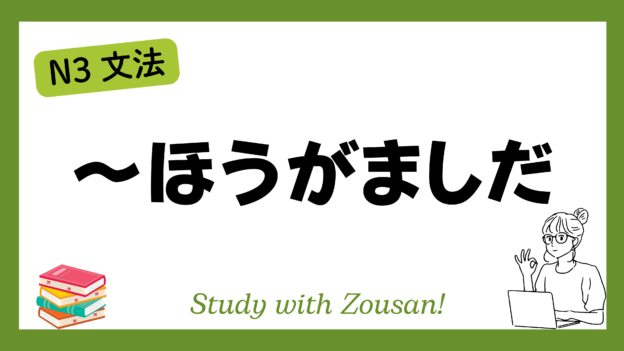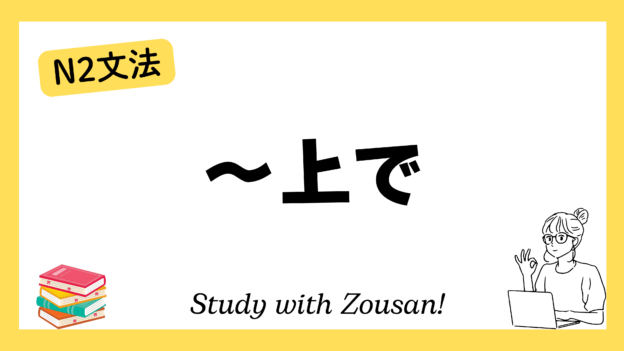Meaning: “Even though…”, “Despite the fact that…”
“~くせに” is used to express criticism, complaint, or frustration towards someone or something. It indicates that although something is true, the outcome or behavior is inconsistent with what should be expected. It often carries a negative or judgmental tone and is used when the speaker feels annoyed or frustrated.
※Note: “~くせに” is mostly used in casual conversation and can sound harsh. It’s often used when expressing dissatisfaction or criticizing someone’s actions.
Structure:
| Verb (dictionary form) | + くせに |
| Noun + の | |
| な-adjective + な | |
| い-adjective |
Example:
-
-
-
🌟 彼はお金がないくせに、毎日外食ばかりしている。
(かれ は おかね が ない くせに、まいにち がいしょく ばかり している。)
Even though he has no money, he eats out every day. -
🌟 勉強していないくせに、テストでいい点を取りたがる。
(べんきょう していない くせに、テスト で いい てん を とりたがる。)
Even though he doesn’t study, he still wants to get good grades on tests. -
🌟 彼女は忙しいくせに、いつも遅刻する。
(かのじょ は いそがしい くせに、いつも ちこく する。)
Even though she says she’s busy, she’s always late. -
🌟 知っているくせに、教えてくれなかった。
(しっている くせに、おしえて くれなかった。)
Even though he knew, he didn’t tell me. -
🌟 子供のくせに、大人のように話す。
(こども の くせに、おとな の よう に はなす。)
Even though he’s just a child, he talks like an adult. -
🌟 彼は日本人のくせに、日本語が下手だ。
(かれ は にほんじん の くせに、にほんご が へた だ。)
Even though he’s Japanese, his Japanese is poor. -
🌟 あの人は料理ができないくせに、料理番組を見ている。
(あの ひと は りょうり が できない くせに、りょうり ばんぐみ を みている。)
Even though she can’t cook, she watches cooking shows. -
🌟 彼は疲れているくせに、全然寝ようとしない。
(かれ は つかれている くせに、ぜんぜん ねよう と しない。)
Even though he’s tired, he doesn’t try to sleep at all. -
🌟 彼女はダイエットしているくせに、甘いものばかり食べている。
(かのじょ は ダイエット している くせに、あまい もの ばかり たべている。)
Even though she’s on a diet, she eats only sweets. -
🌟 彼は風邪をひいているくせに、会社に行った。
(かれ は かぜ を ひいている くせに、かいしゃ に いった。)
Even though he has a cold, he went to work.
-
-


